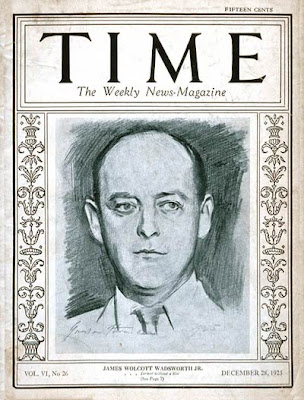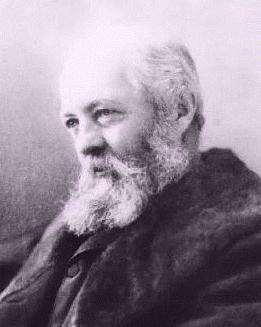

From 1845 to 1849, he represented Maryland in the United States Senate as a Whig, and from March 1849 until July 1850 he was Attorney General of the United States under President Zachary Taylor. He resigned that position when Millard Fillmore took office.
A conservative Democrat, he supported Stephen A. Douglas in the presidential election of 1856. He represented the slave-owning defendant in the infamous 1857 case Dred Scott v. Sandford. Personally opposed to slavery and was a key figure in the effort to keep Maryland from seceding from the Union during the American Civil War.
He served as a Maryland delegate to the Peace Convention of 1861 and from 1861 to 1862 served in the Maryland House of Delegates. During this time he represented Maj. Gen. Fitz John Porter at his court-martial, arguing that Porter's distinguished record of service ought to put him beyond question. The officers on the court-martial, all handpicked by Secretary of War Edwin Stanton, voted to convict Porter of cowardice and disobedience.
After the capture of New Orleans, he was commissioned by President Abraham Lincoln to revise the decisions of the military commandant, General Benjamin F. Butler, in regard to foreign governments, and reversed all those decisions to the entire satisfaction of the administration. After the war, representing the riven points of view held by his fellow statesmen, Johnson argued for a gentler Reconstruction effort than that advocated by the Radical Republicans.
In 1863 he again took a seat in the United States Senate, serving through 1868. In 1865, he defended Mary Surratt before a military tribunal. Surratt was convicted and executed for plotting and aiding Lincoln's assassination. In 1866, he was a delegate to the National Union Convention which attempted to build support for President Johnson. Senator Johnson's report on the proceedings of the convention was entered into the record of President Johnson's impeachment trial. In 1868 he was appointed minister to the United Kingdom and soon after his arrival in England negotiated the Johnson-Clarendon Treaty for the settlement of disputes arising out of the Civil War; this, however, the Senate refused to ratify, and he returned home on the accession of General Ulysses S. Grant to the presidency. Again resuming his legal practice, he was engaged by the government in the prosecution of cases against the Ku Klux Klan as well as work compiling the reports of the decisions of the Maryland Court of Appeals.
In 1876, he fell from a balcony at the Governor's Mansion in Annapolis and was killed instantly. He is buried in Greenmount Cemetery at Baltimore. Prior to his death, Johnson had been the last surviving member of the Taylor Cabinet.
Lineage Reverdy Johnson 1796 was the father of Louise Johnson 1827 who married William Riggin Travers 1819. William R Travers 1819 was father to Louisa Travers aka Maria Louisa Travers 1848 who married James W Wadsworth 1877, James Wolcott Wadsworth 1846, James Samuel Wadsworth 1807, James Wadsworth 1768, John Noyes Wadsworth 1732, James Wadsworth 1677, John Wadsworth 1630, William Wadsworth 1594, William Wadsworth. Hannah Wadsworth 1750 was the 3rd great granddaughter of William Wadsworth 1550. She married John Bigelow 1739






